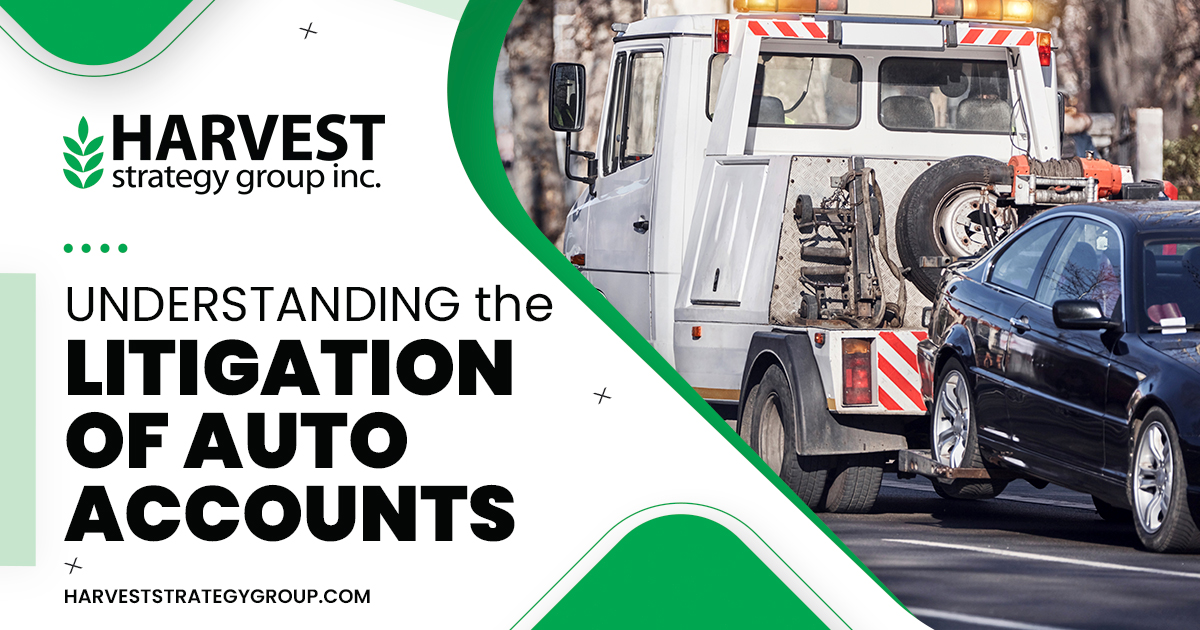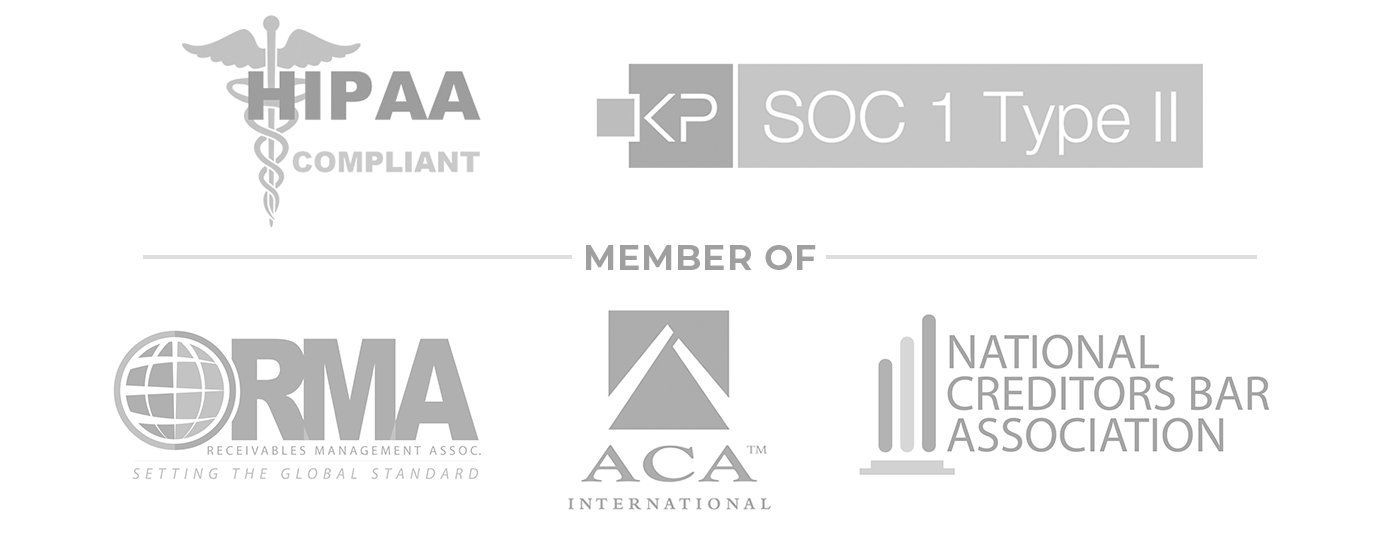Litigating distressed auto accounts is similar to litigating other types of consumer credit but also has a few distinct considerations you should know about. There is a high average balance, return on cost calculations, timing considerations and documentation complexities that differ from other consumer products. Although many of the same fundamental consumer debt litigation strategies apply, auto loans are just a little different.
High Average Balance and Longer Liquidation Curve
The average balance of auto loan accounts can be two to three times the size of credit card balances, which generally leads to a longer liquidation curve. Simply put, the more money that’s owed, the longer it may take the consumer to pay it off. It’s important to understand that the litigation process is a long-term program and that a higher balance extends the payoff terms many years compared to lower balance accounts. Some lower-balance asset types experience lump sum payoffs at a higher rate during the suit process. Due to the higher balances, this is less so for auto accounts in general; however, payment plans can still be negotiated prior to judgment.
The “upside” of auto accounts is they may come with a secured asset that can be recovered and liquidated (and often already has been by the time it comes to litigation). The “downside” is the remaining deficiency has a much more complex and long-term outlook. As long as a creditor has followed the proper process in each jurisdiction, litigation often becomes the best option for recovery by obtaining a deficiency judgment and eventual garnishments. In our experience, 85% or more of the total liquidation of a defaulted auto loan portfolio may be realized post-judgment.
Return on Costs for Distressed Auto Accounts
Litigating defaulted consumer accounts comes with an expense related to filing the lawsuits. One of the key performance indicators to measure the success of your litigation recovery channel is to understand the return on the court costs.
A refined account selection criteria and multi-dimensional scoring model should generate a 5x or greater return on the court costs spent on litigation. The return may vary based on portfolio characteristics or treatment, but carefully selecting which accounts to sue creates efficiencies and cost savings that dramatically improve the return on cost and overall portfolio performance.
Timing Considerations for Auto Accounts
The timing of the litigation strategy for consumer auto loan accounts requires creditors to consider that the consumer generally needs time to recover financially and personally. Giving the consumer time to recover is important, yet the wait can’t be too long. Statutes expire in four years in most states, and deficiency documentation can become confusing to consumers following repossession and sale of the vehicle—this often only grows with time. In our experience, we typically recommend filing suit one to two years after charge off.
Documentation Complexities
Creditors have varied and complex documentation when it comes to auto accounts. It’s important to ensure all of the correct documentation is present and balances are carefully accounted for. Reg F compliance can be impacted by the various post-charge-off credits and charges often present in auto account histories, so diligent review by an experienced litigator before any litigation takes place is critical to a successful outcome when pursuing a deficiency judgment or legal remedies for repayment.
Auto Portfolio Investment Management
Defaulted consumer auto loan portfolios are expected to grow exponentially in the new year. In a 2023 climate of expanding auto portfolios as well as expanding CFPB oversight, it will be important to work with teams that understand how to navigate the auto loan account litigation process with efficiency, experience, and informed sensitivity.
It is important for creditors to develop the right strategy for the litigation of their accounts based on portfolio characteristics and objectives. Harvest’s strategy development process begins with ProScore™, our proprietary portfolio scoring and segmentation model. Beyond the standard recovery score prevalent across the industry, this proprietary and sophisticated model supplements traditional recovery scoring with additional fixed and variable attributes. Initiating the right recovery strategy results in maximized liquidation rates being attained at the lowest cost.
Our previous articles get into more detail on litigation strategy in general:
- “Critical Elements of an Effective Litigation Strategy”
- “Getting the Most From Your Dormant Judgments”
- and “Why Use Harvest Strategy Group for Litigation Management?”
We encourage readers to review the information and reach out to inquire about or discuss exploring a partnership. Harvest Strategy Group has spent decades honing the skills to drive true net lift while mitigating risk. To discuss how our account management services can help you manage your receivables, contact:
Jamie Welsh, VP, Business Development
jamie.welsh@harveststrategygroup.com
(917) 376-4331
About Harvest Strategy GroupHarvest Strategy Group provides single-point-of-contact, nationwide recovery management services for banks, finance companies, debt buyers, and credit unions. The company fosters an entrepreneurial environment and encourages its staff to challenge boundaries, think outside the box, and feel a sense of ownership and accountability for results. The Harvest team’s mission is to lead the accounts receivable management industry through strength in partnerships, exceptional service, and the delivery of superior results. To join the team, apply to Harvest Strategy Group online.

